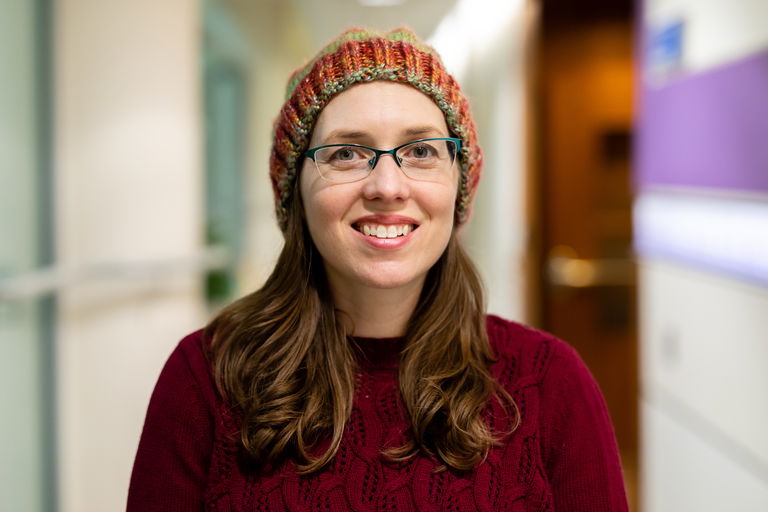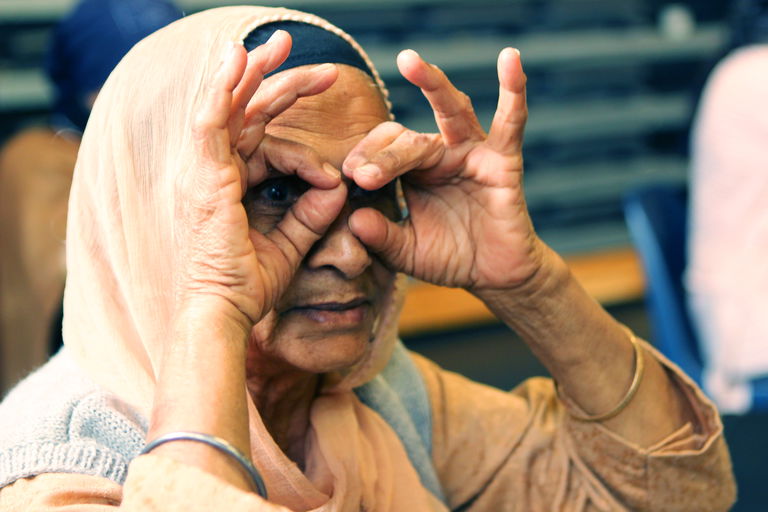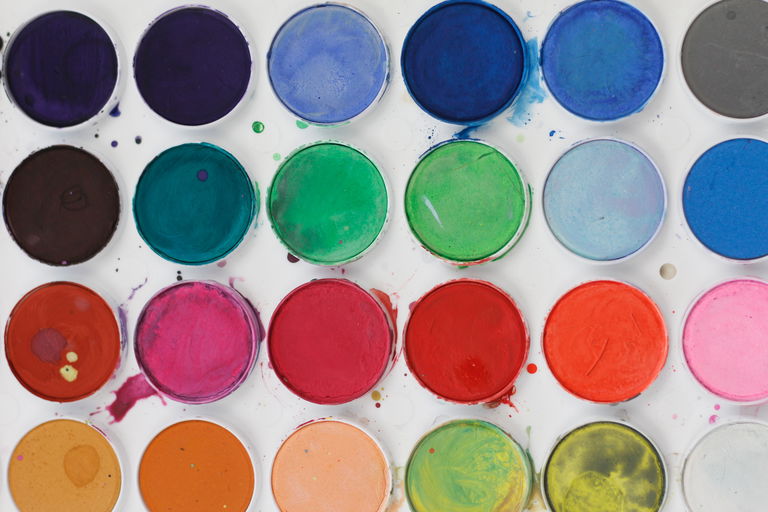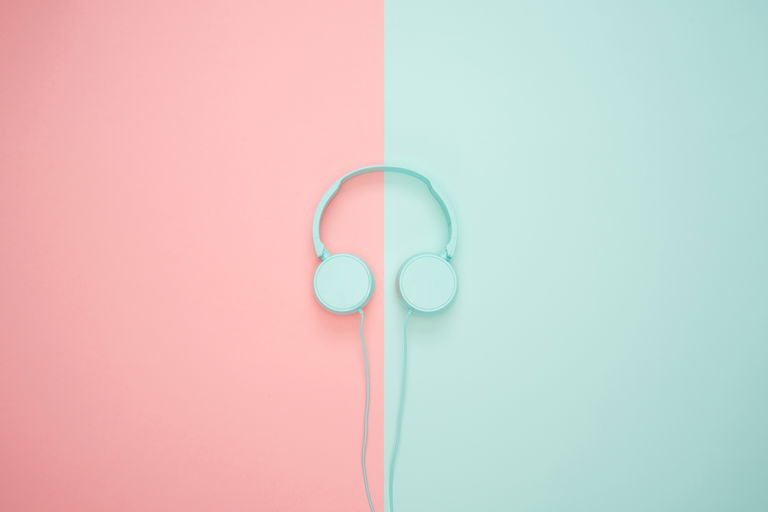
Knit One, Purl One, Relax Some
Aubrey Reeves
Jul 3, 2019
In the late fall of 2018, the team at Culture Days was putting the final touches on plans for the next year in which we would be exploring the connections between arts, creativity and well-being. At the same time, through an ironic twist of fate, my own well-being was suddenly very much in question. On November 30, at a medical test appointment, the doctor confirmed the worst—I had cervical cancer. I was one week shy of my 39th birthday, the Executive Director of a small but mighty national arts organization, the mother of a six-year-old, a lapsed artist and quite abruptly, a cancer patient.
Not knowing more than the basic diagnosis, I told only my husband and then we waited to get more information. The next two weeks were a flurry of appointments, first with Princess Margaret Cancer Centre Gynecologic Oncology department, then a slew of MRIs and CT scans that would provide more details on the stage of the cancer and would equip my new team of doctors with the data they need to recommend a course of treatment. I didn’t yet know whether I would have to leave work or for how long, whether I would be looking at surgery, radiation, chemotherapy or other options.
Subsequently, several other cancer survivors have told me that ‘the waiting is the worst’, with which I can concur. Those two weeks were without a doubt the most stressful of my life. Anxiety made it hard to concentrate and keep up on tasks at hand. Normally, I am an avid reader but I found even trying to relax with a book or a newspaper article was a challenge. My eyes would skim over the pages, unable to grasp the thread of the story. My appetite dwindled and sleeping through the night was elusive.
The one thing that anchored me was knitting. I had taken a beginner’s knitting workshop the previous spring out of simple curiosity and a desire to have some kind of creative outlet that was easy to dip in and out of as my limited time allowed. Since then I had knit two scarves which gave me confidence with the basic garter stitch and assurance with controlling my yarn tension. So, in the middle of this medical upheaval, I decided to start knitting a hat.

For generations, people have taken up handcrafts to cope with stress and tension. Now, there is considerable evidence that knitting, crocheting, weaving, quilting and other textile crafts are excellent for body and mind. In March 2018, A UK organization, Knit for Peace—a network of over 15,000 knitters—released a comprehensive review of evidenced-based research on the health benefits of knitting, especially for the elderly. They complemented the research review with a survey of over 1,000 UK knitters, asking about links between knitting and well-being. The results found that “knitting dramatically improves physical and mental health like lowering blood pressure, slowing the onset of dementia, distracting from chronic pain, keeping arthritic fingers moving and combatting depression and anxiety and inducing a sense of well-being.”
Among Knit for Peace’s literature review was a 2007 study conducted by Harvard Medical School’s Mind and Body Institute, that found “knitting lowers heart rate, by an average of 11 beats per minute, and induces an ‘enhanced state of calm,’ similar to that of yoga.” This study also showed that “the repetitive movements required to create a pattern release calming serotonin, which can lift moods and dull pain.”
So, the old advice that it is good to ‘keep your hands busy’ proved to be true for me. The simple repetitive task gave my busy mind something to focus on and I would find that after only a couple minutes, I was no longer mulling over the scary medical unknowns; I was simply thinking about my stitches as my needles clicked and clacked before my eyes.
Most hats are knit on circular needles so that you work continuously without the need to stop at the ends of rows. The circularity of this project added to the meditative quality of knitting. Though a regular practitioner of yoga, I always struggle with the final Shavasana meditation at the end of class. Being still and quieting the mind has never been my strong suit. But with knitting on circular needles, I could simply keep going without thought to counting stitches or turning at the end of rows. Around and around I went, speeding through the pattern rapidly, and finding myself in a quiet, meditative state.
At the end of those two weeks, I had produced my first hat and I received fairly positive news from the battery of tests. My cancer was stage 2, which is treatable with a combination of radiation and small-dose chemotherapy. Small mercies included that this particular type of chemo drug does not cause hair-loss—so in the end my hat would not be needed to cover a bald scalp as I had anticipated! However, I am happy to wear it as a testament and reminder that I made it through the first major hurdle of my cancer journey.

This post is part of a special three-part series by Aubrey Reeves. Read the other instalments here, and here.




